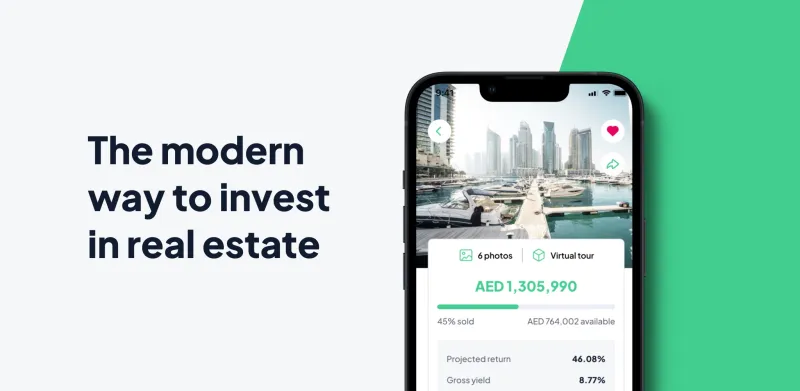
What yields more in Dubai: long-term rentals or Airbnb?
- Overview of Dubai’s rental market
- Long-term rentals: stability and predictability
- Airbnb rentals: flexibility and higher rates
- Occupancy rates and seasonal fluctuations
- Regulatory environment and compliance
- Management and operational costs
- Impact of property location on rental yields
- Financial comparison: expected returns and risks
- Market trends influencing investor decisions
Overview of Dubai’s rental market
Dubai's rental market is diverse and rapidly evolving, accommodating a wide range of tenants from expatriates seeking long-term residence to tourists looking for short stays. The city's strategic location, tax-free policies, and booming tourism contribute substantially to demand in both long-term and short-term rental sectors. Investors must understand the distinctive characteristics of each rental segment to optimize their investment returns.
Long-term rentals: stability and predictability
Long-term rentals in Dubai typically involve tenancy contracts of one year or more. This approach offers stable, predictable monthly income and lower turnover costs. Many expatriates and families prefer long-term accommodations, ensuring consistent occupancy rates in key residential areas. Additionally, long-term tenants often handle minor maintenance, reducing landlord expenses.
Airbnb rentals: flexibility and higher rates
Airbnb and other short-term rental platforms provide the potential to charge significantly higher nightly rates compared to monthly rents. The flexibility of adjusting prices based on seasonality, events, and demand spikes allows investors to maximize revenue. However, this comes with increased management effort, frequent guest turnover, and potentially higher maintenance costs.
Occupancy rates and seasonal fluctuations
Airbnb rentals in Dubai experience fluctuating occupancy rates tied closely to tourism seasons, international events, and holidays. During peak periods such as Expo events or winter months, demand surges, boosting yields. Conversely, off-season months can see lower occupancy and underutilization. Long-term rentals generally maintain steady occupancy year-round, providing dependable cash flow.
Regulatory environment and compliance
Dubai's government has introduced specific regulations governing short-term rentals, including mandatory licensing through the Department of Tourism and Commerce Marketing (DTCM). Compliance can involve additional fees, inspections, and guest registration protocols which may increase operational complexity and costs for Airbnb landlords. Long-term rentals are less regulated, with established legal frameworks governing leases and tenant rights.
Management and operational costs
Running an Airbnb property requires active management, including booking coordination, cleaning, guest communication, and regular maintenance due to higher wear and tear. These tasks often necessitate hiring property management services, reducing net income. Long-term rentals demand less intensive management and fewer turnover-related expenses, making them more hands-off investments.
Impact of property location on rental yields
Location plays a pivotal role in determining yield potential for both rental types. Properties in tourist hotspots like Downtown Dubai, Dubai Marina, and Palm Jumeirah command premium Airbnb rates due to convenience and attractions nearby. Conversely, family-friendly neighborhoods with established communities may attract more reliable long-term tenants. Investors should align their rental strategy with location-specific demand profiles.
Financial comparison: expected returns and risks
Long-term rentals typically provide steady, moderate returns with lower risk due to consistent occupancy and simpler management. Airbnb rentals can yield higher gross income, sometimes 30-50% more than long-term rents, but with greater variability and operational demands. Unexpected vacancies, regulatory changes, or market downturns can impact short-term rental profitability more severely.
Market trends influencing investor decisions
Recent market trends reveal a growing preference for flexible travel accommodations coupled with increasing government oversight of short-term rentals. Additionally, the rise of hybrid rental models, where investors combine long-term leases with occasional short-term lets, reflects a nuanced approach to maximizing yields. Staying informed about regulatory updates and tourism fluctuations is critical for optimizing returns in Dubai’s unique market.
Real Estate Market Researcher in the UAE and Middle East













